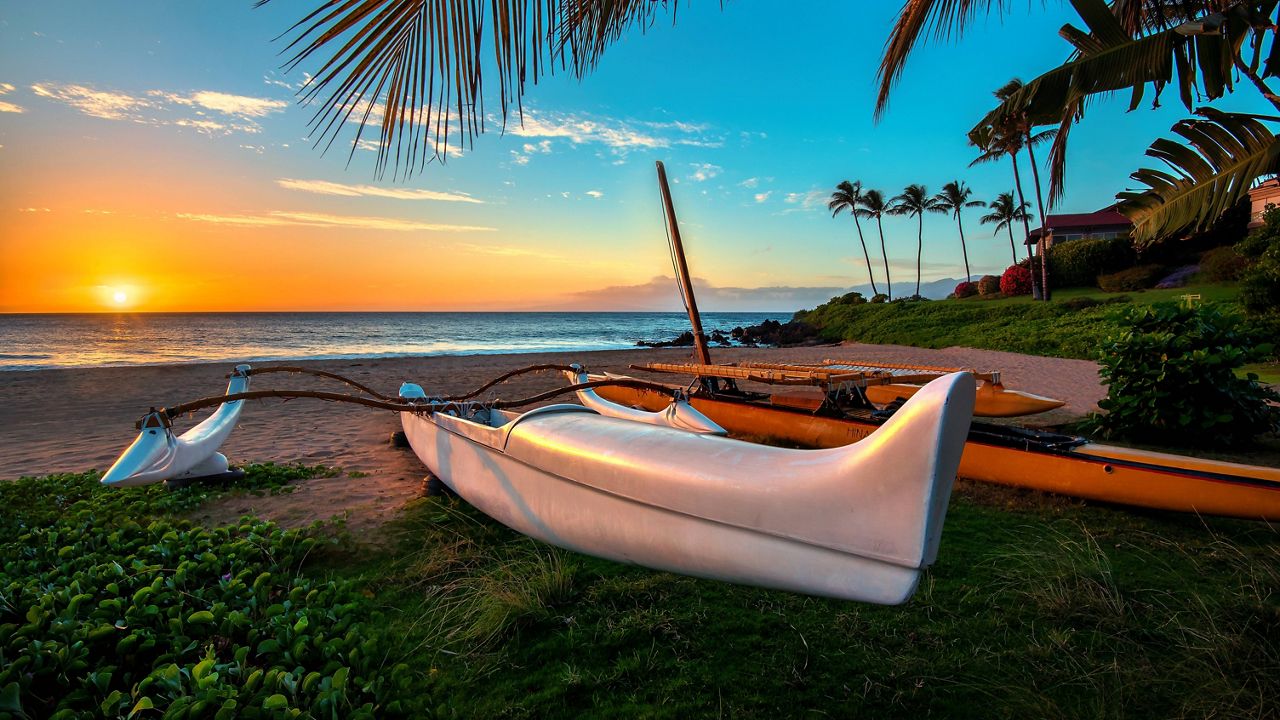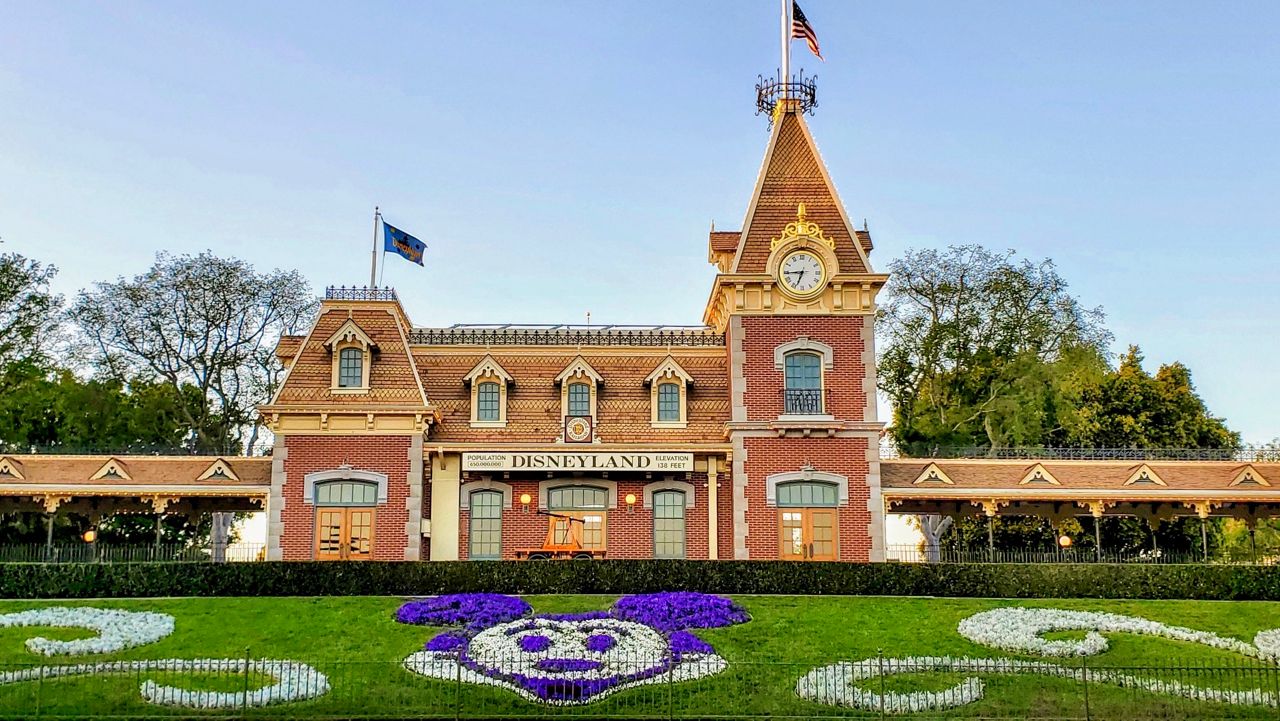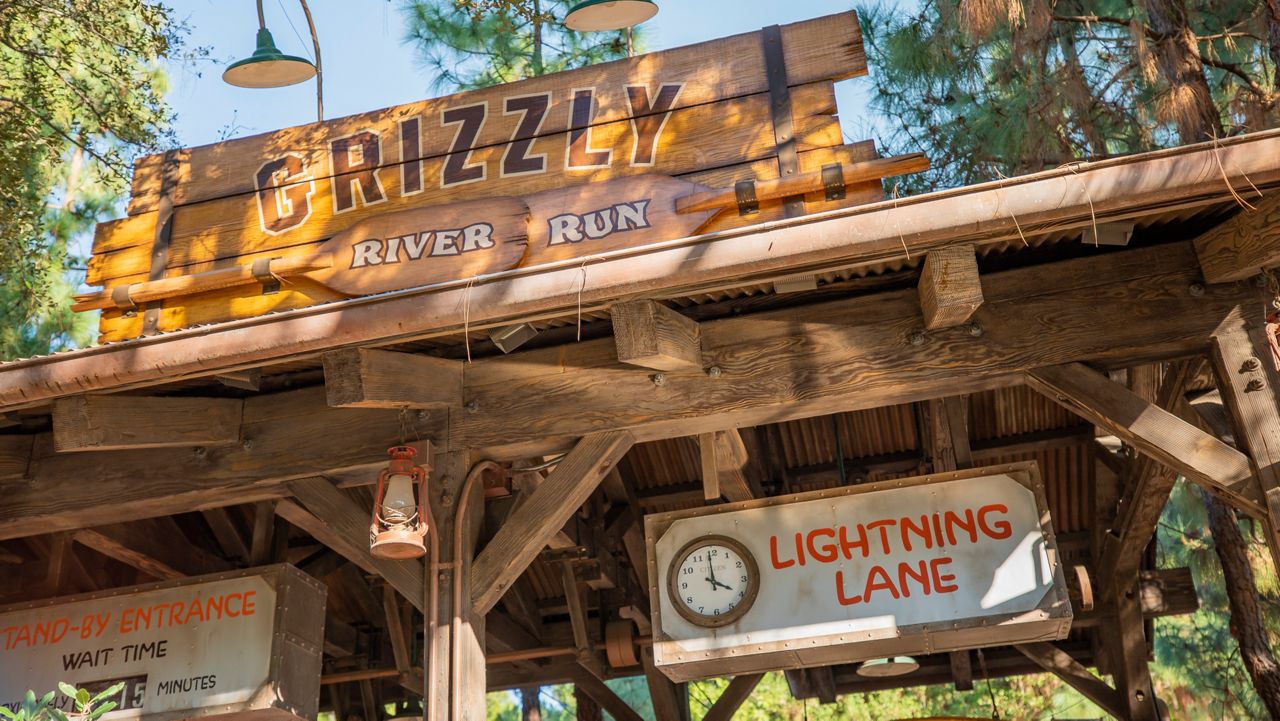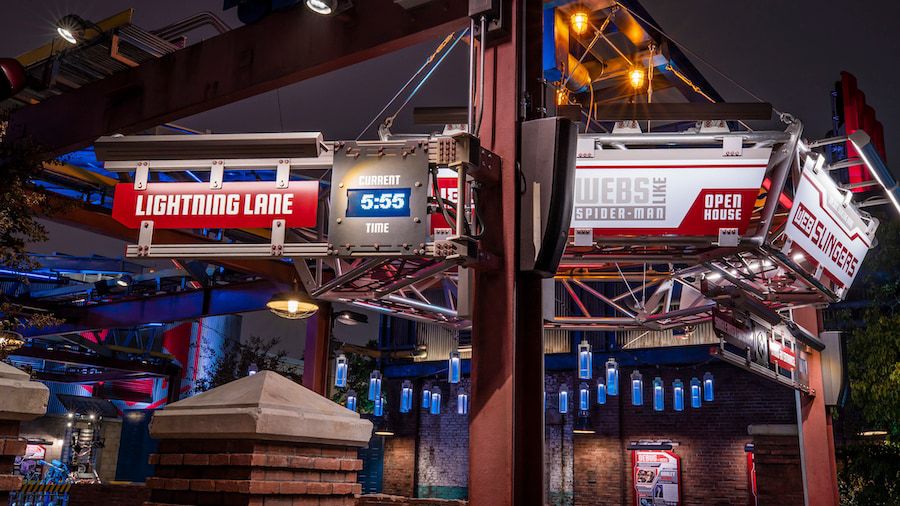HONOLULU — When Hawaii Gov. David Ige sent out a series of tweets in late October welcoming vaccinated domestic and non-essential travelers back to the island, Bruce Fisher noticed an uptick in calls and inquiries about travel into the Aloha state.
"We received a few calls," said Fisher, the owner of Hawaii Aloha Travel. "And we know that more are coming."
After Ige's announcement, a few days later, the White House announced that fully vaccinated foreign visitors would be welcomed to the U.S. starting Nov. 8.
"I think what we're going to see is a robust holiday season, and if people are planning to come to Hawaii, they better book soon," said Fisher. "I'm expecting a big rebound."
After a challenging year, many of Hawaii's tourism professionals welcomed the news of lifting travel restrictions and possibly seeing an uptick of visitors in the near and long-term future.
With COVID-19 cases and hospitalizations in the islands decreasing and nearly 80% of residents with at least one dose of the vaccine, Ige is beginning to lift one of many COVID-travel restrictions he imposed throughout the pandemic. After a surge of cases in August, Ige urged residents to delay non-essential travel and people not to visit Hawaii.
Currently, under the state's safe travel program, a visitor must show proof of vaccination or a negative COVID-19 test within 72 hours of their flight to the island or must quarantine for ten days upon arriving.
However, this month fully vaccinated residents and domestic visitors were able to travel freely to and between the islands.
"I'm encouraged by the continuing trend of lower case counts of COVID in our islands," Ige tweeted. "Our hospitals are doing better and seeing fewer patients. This gives us the ability to move forward in our economic recovery and safely welcome back fully vaccinated domestic travelers."
That's good news for travel advisors and agents like Fisher and the rest of the island's economy, which was wrecked by the economic fallout and travel restrictions due to the coronavirus pandemic.
COVID-19 and tourism restrictions that came from it caused tourism in Hawaii to drop nearly 80% from 10.4 million visitors in 2019, pre-COVID, to 2.7 million visitors in 2020, according to the Hawaii Dept. of Business, Economic Development and Tourism. Visitor spending fell 71% from $17.8 billion in 2019 to $5.1 billion in 2020.
But after a year of shutdowns, lockdowns, and other restrictions, and with vaccines now widely available, the federal and local governments are opening up the economy, and people are adjusting their lives around the pandemic.
Travel experts said that vaccinated foreign visitors allowed to travel to the U.S. in November would be a big part of Hawaii and other states' economic comeback.
"Vaccination rates are high enough, and infection rates are now low enough, that governments are starting to lift restrictions, from the U.S. to Europe to the Asia-Pacific, and countries will continue to ease travel restrictions as we turn the corner on the worst part of the pandemic," said Tim Hentschel, co-founder and CEO of HotelPlanner, a travel technology company.
"In a way, we've entered the pandemic 2.0 phase where governments and citizens are acknowledging that Covid will never be completely eliminated, and that there will always be some risk of exposure," said Hentschel. "However, most people are now embracing the 'living and traveling with Covid' approach, as opposed to waiting and waiting for all risk to subside."
Among the states hit hardest by the pandemic, Hawaii felt the biggest brunt of it. Tourism accounted for a little more than 20% of the state's economy, supporting more than 216,000 jobs in 2019, the Hawaiian Tourism Authority reported.
In December 2019, the tourism-centric state was the envy of the U.S., boasting a record 2.7% unemployment rate, one of the lowest in the country. By April 2020, with the pandemic and subsequent lockdowns shuttering tourism, hotels, restaurants, and other businesses, Hawaii's unemployment ballooned to 22%, one of the highest in the country at that time. Maui, Kaui, and the Big Island suffered the most, with unemployment reaching 36%, 34%, and 24%, respectively, Hawaii News Now reported.
Fisher, the Honolulu-based travel adviser, said the news of Hawaii and the White House lifting travel restrictions should benefit the state's ailing tourism industry and spur a hiring spree. In October, Hawaii's unemployment rate was 6.3%, the U.S. Bureau of Labor reported.
"I think hotel [operators] are going to work very hard to staff up and get ready," said Fisher. "Their biggest challenge is hiring people, and they may need to raise salaries."
Fisher said he doesn't believe Hawaii will reach its pre-pandemic tourism levels until 2023, but the outlook is good. Even if a new variant comes out and threatens the travel industry's momentum, everyone will know how to handle it.
"There's going to be an ebb and flow, but we have all this experience now," he said. "If a variant comes into place, we have a vaccine and always can go back to [Hawaii's] safe travel program, which was a model for the world."
For Hentschel, the HotelPlanner executive said there's plenty of pent-up demand. He said the news of lifting restrictions would have a positive multiplier effect and immediate impact that could raise the entire service industry and economy in Hawaii.
Hentschel said one thing is for sure, Hawaii will be one of the top destinations again for many foreign and domestic travelers.
"Many people have a lot more disposable income they've saved up during the pandemic and are eager for a 'bucket list' or 'it's now or never' type of once-in-a-lifetime trip," he said. "Hawaii will be on millions of people's shortlists for the most desired vacation spot. Probably a good idea to book about three to six months out."




